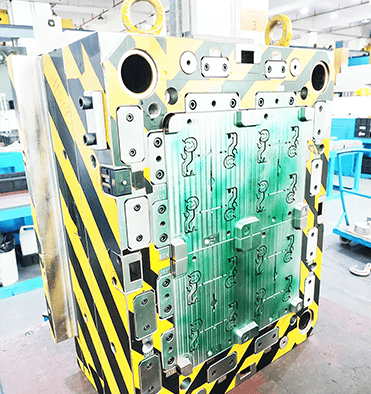射出成形部品
Injection molding parts are a popular manufacturing process used to create a wide range of products. This process involves injecting molten material, such as plastic, into a mold cavity. Once the material cools and solidifies, the mold is opened, and the finished part is ejected. Injection molding is a versatile process that can be used to create complex geometries, intricate details, and high-quality parts.
There are several key requirements for injection molding parts. First, the parts must be designed with the injection molding process in mind. This means that the part should be designed with proper draft angles, wall thicknesses, and other features that make it easy to mold. The part should also be designed to minimize warpage and other defects that can occur during the molding process.
Second, the material used for injection molding must be carefully selected. The material should be able to withstand the heat and pressure of the molding process without degrading or melting. It should also be able to provide the required mechanical properties, such as strength, stiffness, and toughness, for the finished part. Common materials used for injection molding include thermoplastics, thermosets, and elastomers.

Third, the mold used for injection molding must be designed and manufactured to high standards. The mold should be able to withstand the high pressures and temperatures of the molding process without warping or deforming. It should also be designed to minimize cycle time and maximize part quality. The mold should include features such as cooling channels, ejector pins, and gating systems to ensure that the finished part is of high quality.
Finally, the injection molding process itself must be carefully controlled and monitored. This includes controlling the temperature and pressure of the molten material, as well as the speed and timing of the injection and cooling cycles. The process should be designed to minimize waste and ensure that each part is of consistent quality.
In conclusion, injection molding parts are an important manufacturing process used to create a wide range of products. To ensure the best possible results, it is important to design the parts with the injection molding process in mind, carefully select the material, design and manufacture the mold to high standards, and carefully control and monitor the molding process. With these requirements in place, injection molding can be a highly efficient and effective method for creating high-quality parts.
-
Low Weight Plastic Injection Chair Mould
2023-6-18
Plastic injection molding is a widely used manufacturing process in the industry, and the demand for plastic products is...
詳細を見る -
Injection mold making: Precision processes shaping the future of industry
2024-12-31
In modern manufacturing industry, injection mold manufacturing occupies a pivotal position. From plastic products in dai...
詳細を見る -
Making Large Plastic Molds: A Guide to Creating Custom Plastic Parts
2023-6-9
Plastic is a versatile material that is used in a wide range of industries, from automotive to electronics, medical to c...
詳細を見る -
Production of Home Appliance Molding Parts
2023-4-27
Home appliances are an essential part of our daily lives. They are used for different purposes, including cooking, clean...
詳細を見る -
Unveiling the Secrets of Automotive Mould: An In-Depth Exploration
2023-12-26
Automotive moulds play a crucial role in the manufacturing process of automobiles. Without them, the sleek and stylish d...
詳細を見る -
2023-5-21
Injection molding machines are a type of machinery used in the manufacturing process of plastic products. They are desig...
詳細を見る







